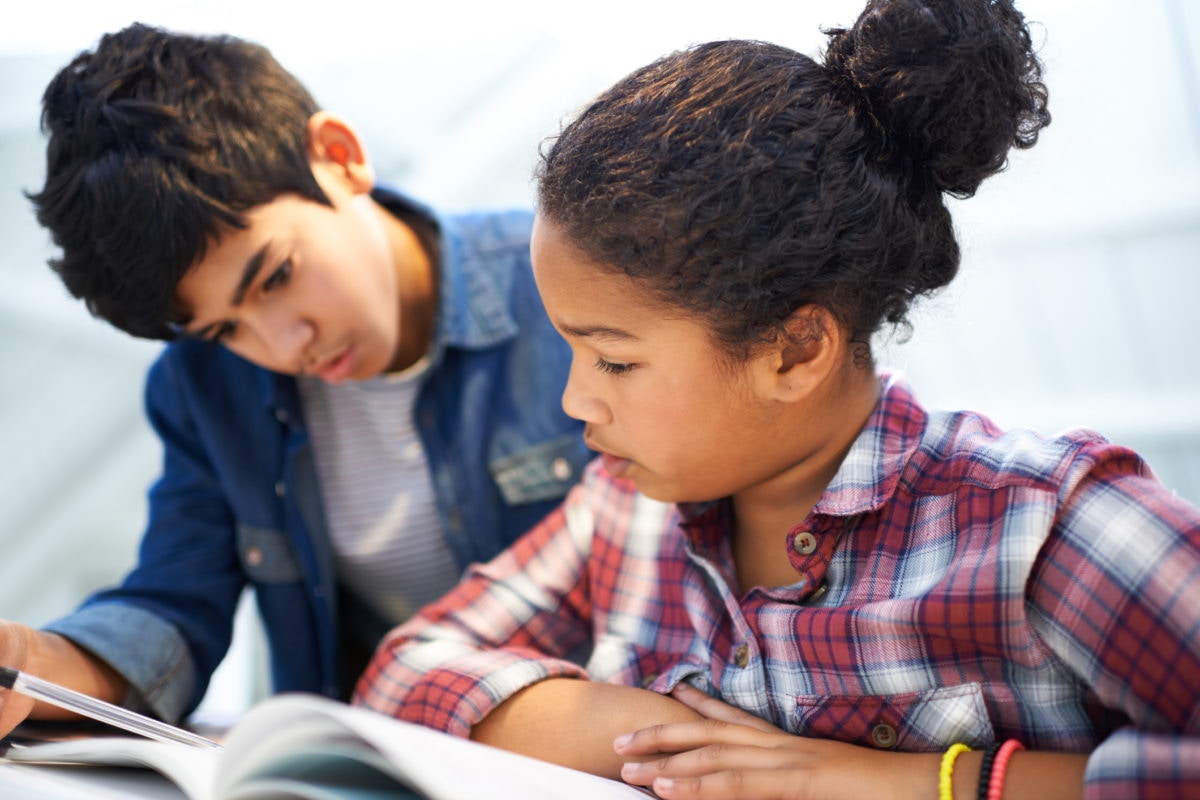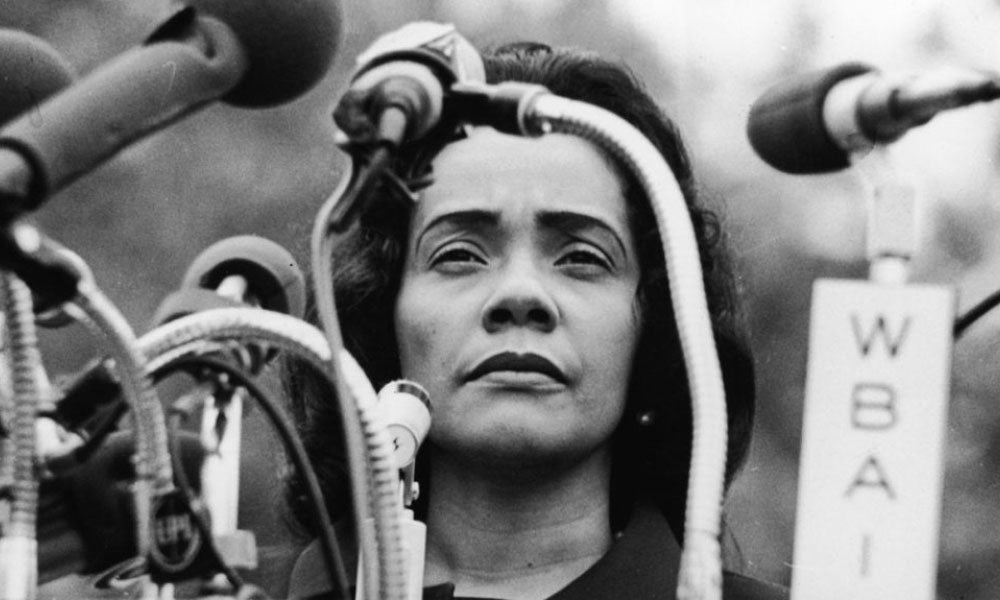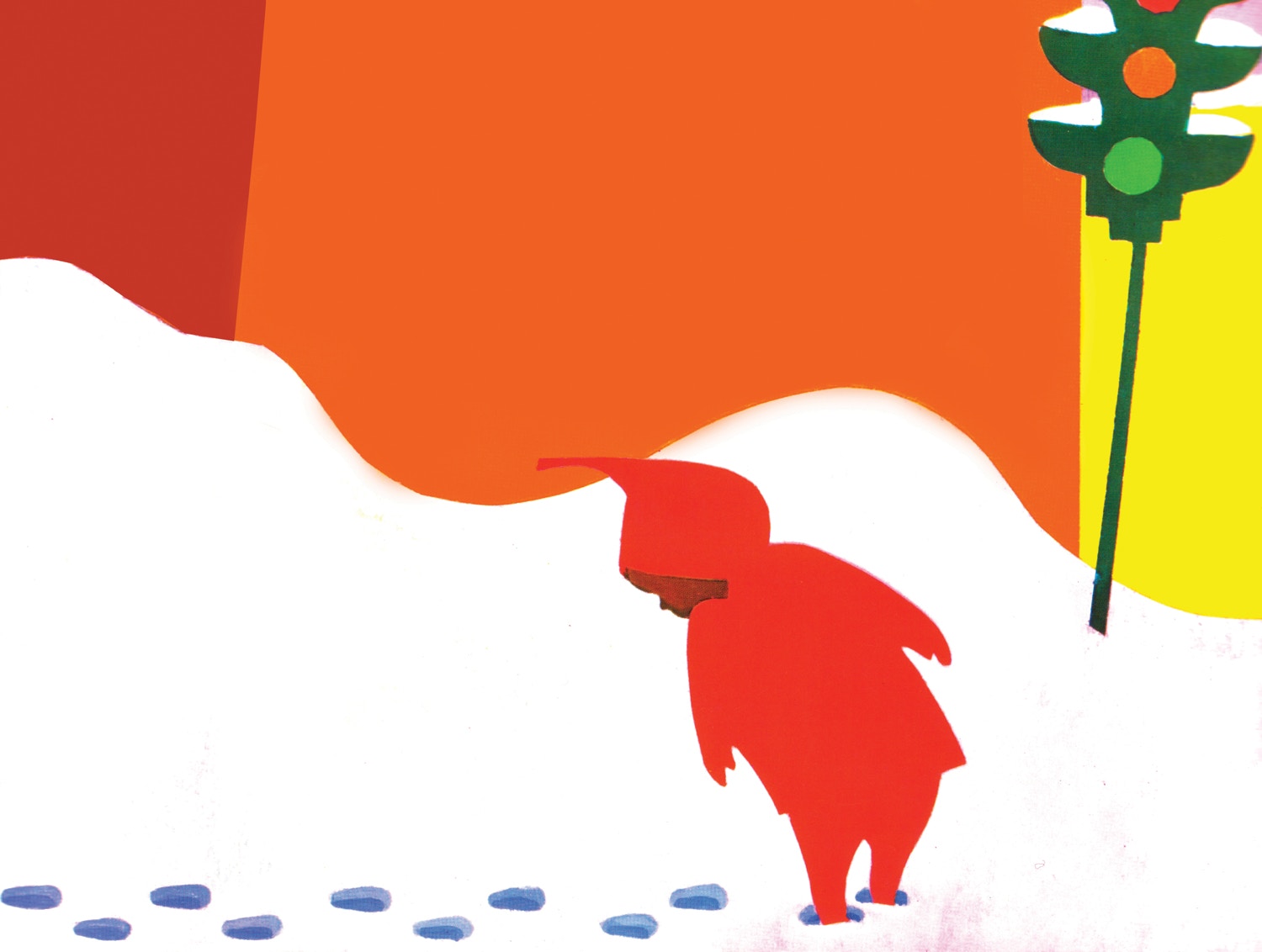Homeschooling in the United States continues to grow exponentially, but it's not just religious conservatives leading the expansion. Much of the recent growth in the homeschooling population has occurred among urban, secular families who are disillusioned by increasingly restrictive, test-driven mass schooling and seek a more innovative, progressive, child-centered approach to learning. In fact, it was the countercultural left who first embraced homeschooling in the late-1970s, followed later by evangelical Christians. John Holt, whose bestselling books "How Children Fail" and later "How Children Learn", connected with liberal-leaning families who were interested in teaching their own children outside of traditional schools. Through his newsletter, Holt galvanized the liberal homeschooling movement in its early days. Families choosing to homeschool for religious freedom and conservative Christian ideals followed in the 1980s, quickly surpassing the number of liberal homeschoolers.
Education professor, Milton Gaither, author of "Homeschool: An American History", writes about the bipartisan origins of the modern U.S. homeschooling movement. He states, "Having rejected the mainstream, denizens of both left and right looked for personal fulfillment within small, alternative communities. The social and political changes of the second half of the twentieth century made bedfellows of both radical leftists who wanted nothing to do with conventional America and conventional Americans who wanted nothing to do with a country that in their view had sold out to the radical left." Today, homeschooling is no longer a countercultural movement, but a mainstream education choice for both liberals and conservatives. According to the most recent data from the National Center for Education Statistics (NCES), the number of homeschooled children has doubled since 1999 to 1.8 million children in 2012, or about 3.4 percent of the overall school-age population. As of 2016, it is estimated that the number of homeschooled children increased to 2.3 million, comparable to the of children currently enrolled in U.S. K-12 public charter schools. The NCES data reveal that the geographic distribution of today's homeschooling population is evenly split, with about one-third each in rural, urban, and suburban areas. The data show that "a concern about environment of other schools" was a top reason for homeschooling in 2012. Only 17 percent of parents cited homeschooling for religious instruction as their primary motivator. Concern about traditional schooling environments continues to be a main driver for homeschooling families, including minority families who are increasingly turning to homeschooling to escape what many view as a schooling culture of low expectations, intolerance, and institutional racism. The Atlantic reports: "African American parents are increasingly taking their kids' education into their own hands – and in many cases, it's to protect them from institutional racism and stereotyping." According to the 2012 NCES data, black families are estimated to represent about eight percent of the homeschooling population, a figure that doubled between 2007 and 2011. Hispanics represent 15 percent of the homeschooling population, and Muslim Americans are reported to be the fastest-growing homeschooling segment. Sixteen percent of families reported that having a child with a "physical or mental health problem" was an important reason for homeschooling, and 15 percent said having a child with "other special needs" was a top reason to make this education choice. A new report issued this month by the Boston-based public policy think tank, The Pioneer Institute, elaborates on the evolution of homeschooling from its countercultural origins to its rapid and diverse expansion. The report states, "In the early days of contemporary homeschooling, homeschooling families were often stereotyped as either right-wing conservative Christians or left-wing progressive hippies." Today, the report acknowledges, "There is no typical homeschooler or homeschooling family. The 'one size fits all' model that has characterized traditional public schools has been anathema for homeschoolers as they formulate individualized learning plans for each of their children." Homeschooling's rise in popularity has led to the proliferation of abundant resources, curriculum choices, and vibrant and diverse homeschooling networks. Homeschooling co-ops and self-directed learning centers are sprouting across the country to facilitate collaboration and connection and make homeschooling accessible to more families, including those with single parents or two working parents. Organizations and small businesses, museums and libraries, nature centers and community colleges recognize homeschooling's popular rise and offer classes and resources to meet different needs and interests. Free, online learning resources like Khan Academy, MIT's OpenCourseWare, HarvardX, Coursera, Duolingo, and many more allow for on-demand access to a range of topics. Facilitating learning and pursuing knowledge have never been easier. At the heart of both the 1970s countercultural homeschooling movement and its modern ascent into the mainstream is a fundamental belief in children's potential – on both the political left and the right. Frustrated by a narrow model of mass schooling, and surrounded by ample resources, families all along the political spectrum are increasingly turning to homeschooling to support their children's learning. In an otherwise polarized political climate, homeschoolers on the right and the left find commonality and fellowship in their shared choice to place children and family at the center of their lives. That is a commitment that crosses party lines.



